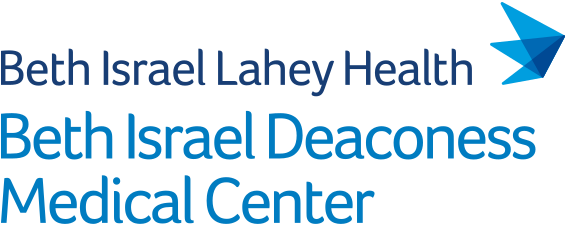Publications
2025
AIM: The "2025 AHA/ACC Statement on Cost/Value Methodology in Clinical Practice Guidelines (Update From 2014 Statement)" describes a systematic approach for consistent implementation of "economic value statements" across ACC/AHA guidelines. It updates the cost-effectiveness threshold and proposes a new level of certainty framework that summarizes the strength of the available evidence. Additionally, it describes how cost-effectiveness analyses (CEAs) can help advance equity in population cardiovascular health.
METHODS: A focused literature search was conducted from January 9, 2024, to February 2, 2024, encompassing English-language publications related to CEA methodology in PubMed, EMBASE, and the Cochrane Library, with publication dates ranging from 1973 to the present. Additional relevant studies published during the writing process (through June 25, 2024) were also considered by the writing committee.
STRUCTURE: This Cost/Value Methodology Statement updates prior guidance regarding the incorporation of evidence from published CEAs into clinical guidelines. It provides guidance for identifying and synthesizing relevant high-quality evidence, developing economic value statements, and communicating level of certainty in such statements. It defines the US cost-effectiveness threshold as $120,000 per quality-adjusted life year gained, highlights special considerations related to cardiovascular drugs and devices, emphasizes health equity considerations when interpreting CEAs, and defines a reference case for future CEAs.
BACKGROUND: Private equity firms have rapidly acquired U.S. hospitals and increasingly invested in cardiology over the past decade. However, little is known about how private equity acquisition of hospitals affects care and outcomes for patients with heart failure.
OBJECTIVES: The purpose of this study was to evaluate whether clinical care and outcomes changed for patients with heart failure after the acquisition of U.S. hospitals by private equity firms compared with matched control hospitals.
METHODS: This study identified U.S. hospitals acquired by private equity firms and matched control hospitals from 2012 through 2019. A quasiexperimental difference-in-differences analysis was used to evaluate changes in clinical outcomes, the case mix of admissions and transfers, as well as cardiac procedure utilization among Medicare fee-for-service beneficiaries aged 65 years or older with heart failure.
RESULTS: There were 41 private equity-acquired hospitals and 192 matched control hospitals. After private equity acquisition of hospitals, there was no change in 30-day mortality rates (difference-in-differences [DiD] +0.7 percentage points [95% CI: -0.4 to 1.8]) or 30-day hospital revisit rates (DiD -0.2 percentage points [95% CI: -0.9 to 0.5]), despite a significant decrease in the clinical risk of patients with heart failure when compared with those at matched control (nonacquired) hospitals. Overall hospital transfer rates did not change, but Black patients were significantly more likely to be transferred out to another site after private equity acquisition (DiD +7.1 percentage points [95% CI: 0.7-13.4]), a change not observed across other racial groups. In addition, there was a significant increase in cardiac catheterization rates (DiD estimate, +0.7 percentage points [95% CI: 0.1-1.2]) among heart failure patients at private equity-acquired vs control hospitals.
CONCLUSIONS: These findings suggest that private equity acquisitions of U.S. hospitals do not improve outcomes among older adults with heart failure, despite a decrease in the clinical risk of patients admitted to these sites.
Medicare beneficiaries with cardiovascular disease are increasingly enrolling in Medicare Advantage and other managed care plans, raising concern for plan choice complexity and subsequent detrimental plan selection. In this repeated cross-sectional observational study, between 2016 and 2022, plan choice complexity for Medicare beneficiaries with cardiovascular disease has worsened substantially, especially for the medically complex and socially vulnerable beneficiaries dual-eligible for Medicare and Medicaid. These findings raise substantial concern for the health and well-being of Medicare beneficiaries given that plan choice complexity has previously been shown to negatively impact decision-making and outcomes for people with cardiovascular disease.

